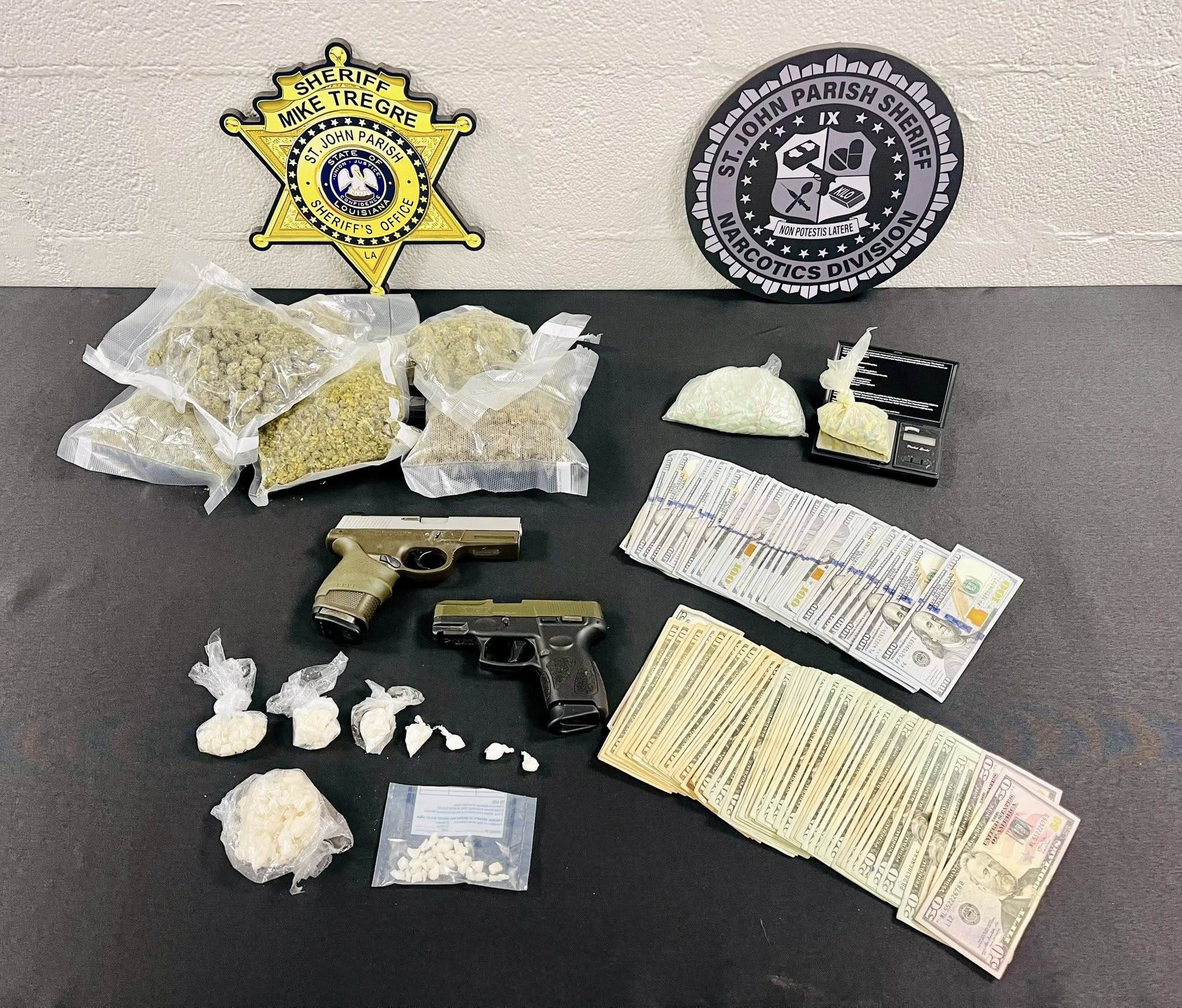Brock: Fall & winter present gardening opportunities
Published 12:02 am Wednesday, August 1, 2018
Spring is undoubtedly the time of year most people associate with gardening. Something in human nature sees it as a time of rebirth, including getting fresh new plants out and growing.
But we can grow year-round in Louisiana and I think the Fall / Winter garden is underrated.
As the season progresses, the weather becomes cooler. This generally means less disease, insects and weed pressure.
After all, everything moves slower in the cold. But the downside is we have to start when it’s still hot. This presents its own set of challenges.
By mid-August it’s prime time to plant “cole crops,” which include broccoli, cauliflower, cabbage, Brussels sprouts, mustard greens and a few others. For root crops, turnips and beets are ready to plant. By September we can add carrots and turnips to our growing variety.
With hot weather vs. cool-season crops, the start of the Fall garden is the most challenging part. Plants like these tend to wilt when exposed to the full sun where we need them to grow. So do it gradually.
Seedlings are usually kept in at least some shade until it’s nearly time to plant. A few weeks before you plant them, expose the young plants to progressively increasing sunlight.
Give them a little more each day but try not to let them wilt. When they can stay out all day, they’re ready to plant.
Another method is to build temporary shade over the garden bed. This will give them some relief during the hottest part of the day while letting in morning and evening sun. You can raise the structure a little bit at a time to slowly allow more sun.
Just like in Spring, we want to incorporate fertilizer and organic matter into the bed a week or two ahead of planting.
A four-inch layer of compost or leaves can be thrown on the garden bed, along with about half a pound of 8-8-8 or 13-13-13 per ten-foot row. (To make things easier, remember a pint weighs about a pound. A measuring cup is easier to carry than a scale in the garden.)
Mix it all in thoroughly and water a little if necessary.
If you’re using raw manure (manure that has not been completely composted), be aware that it can harbor pathogens – bacteria and viruses that can make us sick. Incorporate it into the soil as soon as it is applied.
It is recommended that we do not harvest anything from the garden that does not touch the soil (broccoli, cauliflower, etc.) for at least 90 days after application. For crops with direct soil contact (beets, carrots, etc.), we should wait 120 days.
More specific recommendations for each crop are available online in LSU’s “Louisiana Vegetable Planting Guide.” The guide includes planting dates, spacing, recommended varieties, etc. Paper copies are also available upon request.
Of course watering will be critical, especially until the plants are acclimated. Small plants only need a little water at a time, but tiny roots cannot reach out for moisture. A little water every day will be necessary at first.
As the roots spread, you can water less frequently.
Eventually the weather will cool, the rains will come, and you won’t have to water or do much else to enjoy a bountiful Fall harvest. See? I told you it was easy.
If you want to know more about gardening, landscaping, or anything else horticultural, contact St. John / St. James Parishes County Agent André Brock at abrock@agcenter.lsu.edu. The LSU Ag Center’s website can be accessed at lsuagcenter.com with lots of user-friendly information.





